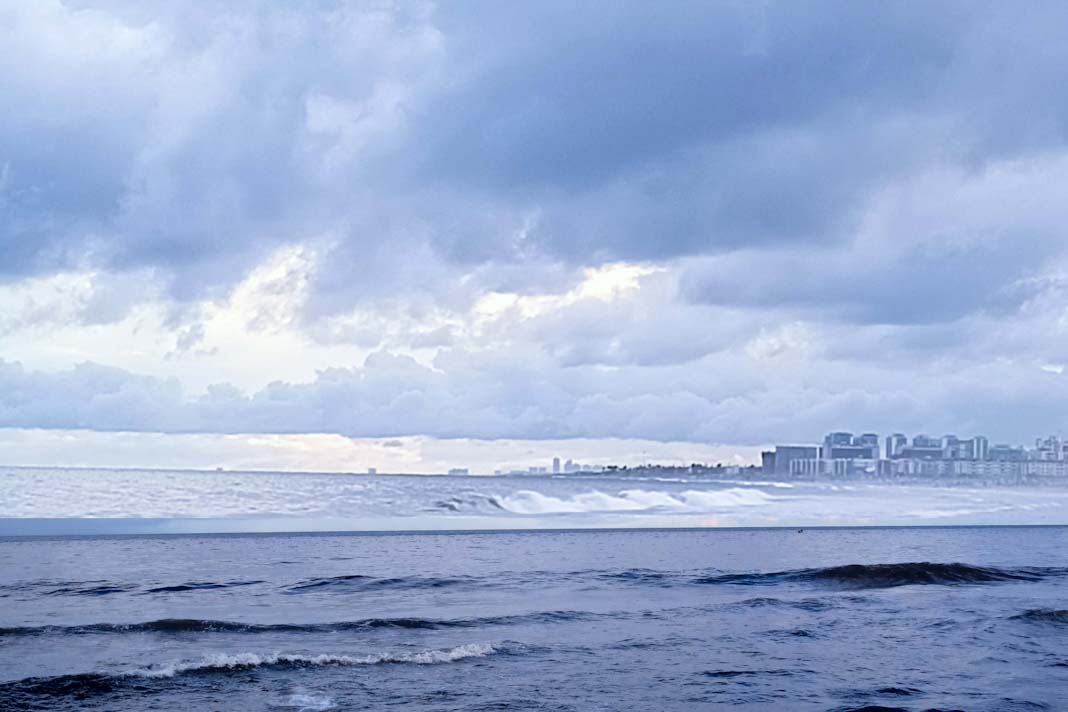- Machinery spaces pose significant risks of slips, trips, and falls, making early detection and prevention crucial.
- Temporary hazards such as leaks, cables, and floor plate removal must be managed through good housekeeping and safe work practices.
- Permanent hazards built into ship design require awareness, regular inspections, and effective crew familiarization.
- Clear markings, adequate lighting, and active hazard reporting help reduce accidents and maintain safe working conditions.
Machinery spaces on board ships present numerous slip, trip, and fall hazards that can easily lead to personal injury if not properly managed. Early detection and prompt action remain critical, whether dealing with temporary operational hazards or those inherent to a ship’s structure and layout. According to guidance shared by Britannia P&I, maintaining vigilance, good housekeeping, and awareness of potential hazards are essential to ensuring a safe working environment.
Temporary Hazards – Mitigate and Remove Promptly
Temporary hazards in machinery spaces often arise during maintenance or operational activities. These can include oil leaks, water spills, loose cables, flexible hoses, and unattended tools—all of which can lead to slips or trips if not promptly addressed. Effective risk assessments and constant awareness from all personnel are vital in preventing such incidents. During periods like dry dock, when several tasks occur simultaneously, hazard monitoring should be intensified.
Good housekeeping practices, such as cleaning up during tasks instead of waiting until completion, help reduce slipping risks. Personal protective equipment (PPE) must always be worn, regardless of the duration or type of work being performed. To prevent tripping, hoses and cables should be routed safely, covered with ramps, or suspended with S-hooks wherever possible. Likewise, removing or leaving open floor plates without barriers poses serious fall risks. These should be securely fastened once work is complete to prevent shifting or accidental falls. A proactive safety approach ensures that temporary hazards do not turn into permanent dangers.
Permanent Hazards – Identify and Raise Awareness
Permanent hazards are those built into a vessel’s design—such as pad eyes, changes in flooring height, and restricted access areas. While these cannot always be eliminated, they can be managed effectively through awareness and consistent safety practices. Routine safety inspections, led by the ship’s safety officer, play an important role in identifying and addressing such risks. Additionally, knowledge sharing among crew members helps new personnel recognize and navigate these areas safely.
Highlighting these hazards visually, maintaining good lighting, and reinforcing awareness through training can significantly reduce the likelihood of accidents. Regular familiarization tours should include pointing out fixed hazards and instructing personnel on the correct actions to take when encountering unsafe conditions.
Recommendations
While eliminating trip and fall hazards entirely may not always be feasible, several practical measures can greatly minimize risks. All potential hazards—especially uneven surfaces, ladder steps, and deck fittings—should be clearly marked using contrasting colors or glow-in-the-dark signage. Walkways and designated access routes must remain unobstructed and properly highlighted at all times.
Lighting plays a vital role in hazard prevention, and any modification or replacement of lamps should maintain the approved brightness and position. A formal management of change procedure should be followed before altering lighting arrangements. Lastly, encouraging active hazard reporting, maintaining clean workspaces, and upholding safety procedures can collectively prevent life-changing injuries resulting from slips, trips, and falls.
Did you subscribe to our Daily newsletter?
It’s Free! Click here to Subscribe!
Source: Britannia P&I
















